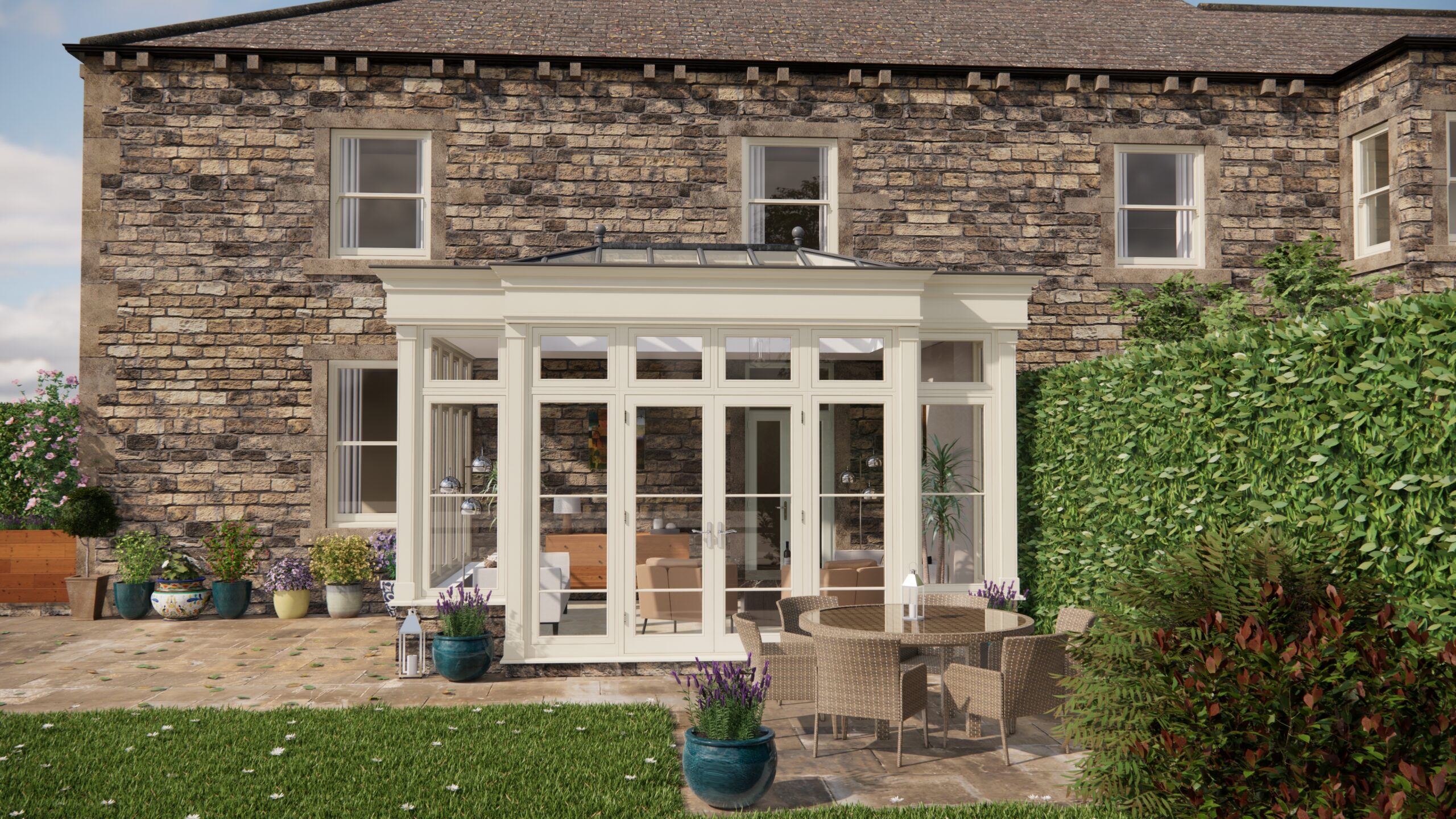Right, so I’m here today chatting with Nicholas about something close to my heart (and hopefully, far from my orangery walls!): damp-proofing. We’ve all drooled over those gorgeous garden rooms, flooded with light, but what happens when the British weather throws a tantrum? Nicholas has some serious experience when it comes to damp-proofing and weather resistance, especially for orangeries and outbuildings, so I thought I’d pick his brain.
Me: So Nicholas, let’s dive straight in. Why is long-term maintenance so crucial after damp-proofing an orangery? I mean, surely once it’s done, it’s done, right?
Nicholas: (Laughs) If only! Think of damp-proofing like a good paint job on your car. It looks great at first, but without regular washing and waxing, it’s going to fade and eventually rust. Damp-proofing is similar. The initial application is vital, but ongoing maintenance is what preserves its effectiveness against the elements and the constant battle against moisture. We’re talking about protecting significant investment in a beautiful space.
Me: Okay, that makes sense. So, what does this maintenance actually look like? What are the key things we need to be doing regularly?
Nicholas: It starts with regular inspections. I recommend at least twice a year, spring and autumn, look for any signs of damp, cracks in the render, damaged seals around windows and doors. Early detection is key to preventing bigger problems down the line. Then there’s the gutters and downspouts. Keep them clean! Blocked gutters cause water to overflow and run down walls, saturating the brickwork. You should be clearing them out at least twice a year. Thirdly, cracks and leaks need immediate attention. Even hairline cracks can let water in. Use a suitable sealant to fill them, making sure it’s compatible with the existing materials. For larger cracks, you might need to consult a builder. Finally, don’t forget re-application of sealants and coatings. Damp-proof coatings and sealants degrade over time due to UV exposure and weather conditions. Check the manufacturer’s guidelines for re-application intervals. This is like the “waxing” part of our car analogy, it helps to make the paint, or in this case, the damp-proofing, last longer.
Me: Right, so inspection, cleaning, patching, and reapplying. Sounds manageable. What about condensation? Orangeries are often quite humid places, aren’t they?
Nicholas: Absolutely. Condensation can be a real issue, especially in the winter. Good ventilation is key. Make sure your orangery has adequate ventilation – trickle vents in the windows are a good start. Also, consider using a dehumidifier, particularly during colder months when you’re less likely to open windows. Adequate heating is crucial as well. Cold surfaces encourage condensation. Try to maintain a consistent temperature inside to minimise the risk. Insulating the structure properly during construction is also a huge factor, preventing cold spots that attract condensation.
Me: That makes perfect sense. Now, let’s talk materials. I’ve read that choosing the right materials during construction is crucial for long-term damp-proofing. Any insights?
Nicholas: Absolutely. When building an orangery, always opt for damp-resistant materials. For example, use treated timber for framing, and consider using waterproof renders on external walls. Pay attention to the foundations. A good damp-proof course (DPC) is essential to prevent rising damp. It’s worth investing in quality materials from the outset. Cheaper options might save money initially, but they could cost you a lot more in the long run in terms of repairs and damp-related issues.
Me: So, it all boils down to planning and foresight really. Thinking about the long game.
Nicholas: Precisely. You’ve got to think about the long-term when it comes to damp-proofing. It’s not just about applying a quick fix; it’s about creating a system that works in harmony with the structure and the environment. A checklist can be a really handy way to stay on top of things. Something simple, like:
- Inspect walls and ceilings for damp patches (Twice Yearly)
- Check window and door seals for damage (Twice Yearly)
- Clean gutters and downspouts (Twice Yearly)
- Repair any cracks in render or brickwork (As Needed)
- Re-apply sealants and coatings as per manufacturer’s instructions (Every Few Years)
- Ensure adequate ventilation (Daily)
- Monitor humidity levels and use a dehumidifier if necessary (As Needed)
Me: Nicholas, that’s been incredibly helpful. Thank you so much for sharing your expertise!
Nicholas: My pleasure! Remember, a little bit of maintenance goes a long way in preserving the beauty and integrity of your orangery.
So, there you have it. I hope this chat with Nicholas has shed some light on the importance of long-term maintenance for damp-proofed orangeries and outbuildings. It’s really all about proactive care – spotting potential problems early and taking steps to prevent them from escalating. By carrying out regular inspections, maintaining your gutters, repairing any cracks, and reapplying sealants as needed, you can help to keep damp at bay and keep your orangery looking beautiful for years to come. It really is about planning and being proactive. Remember, a stitch in time saves nine!


